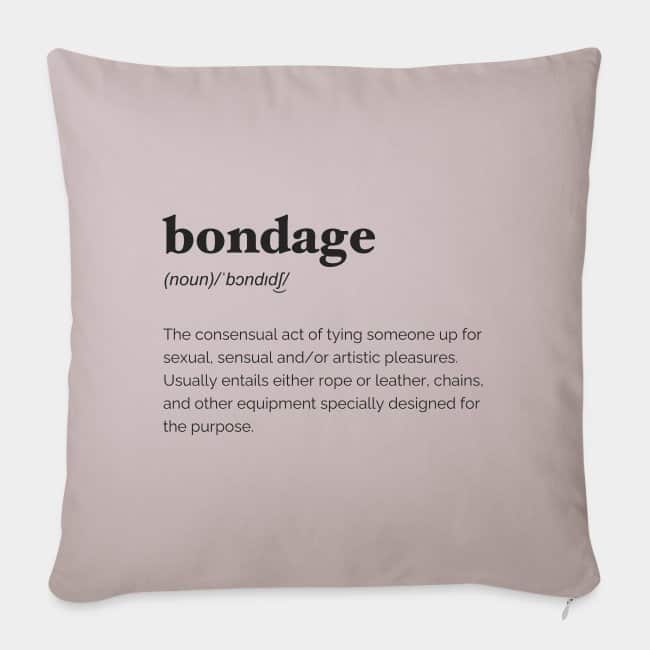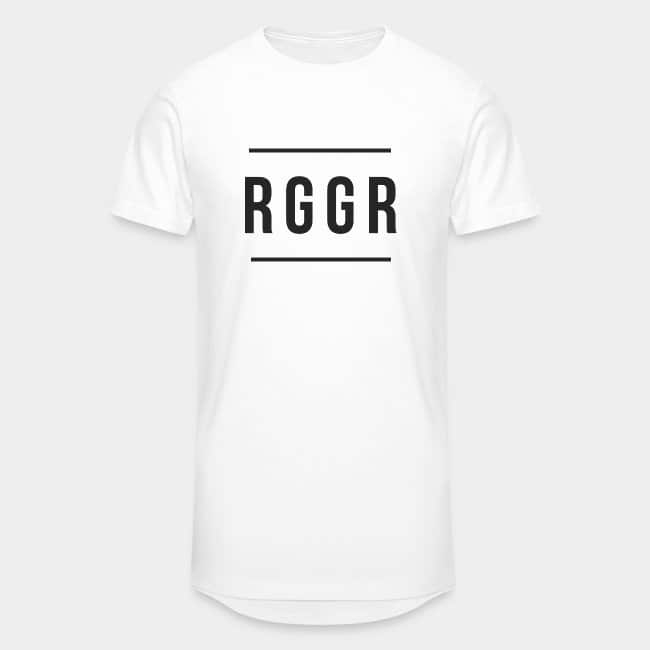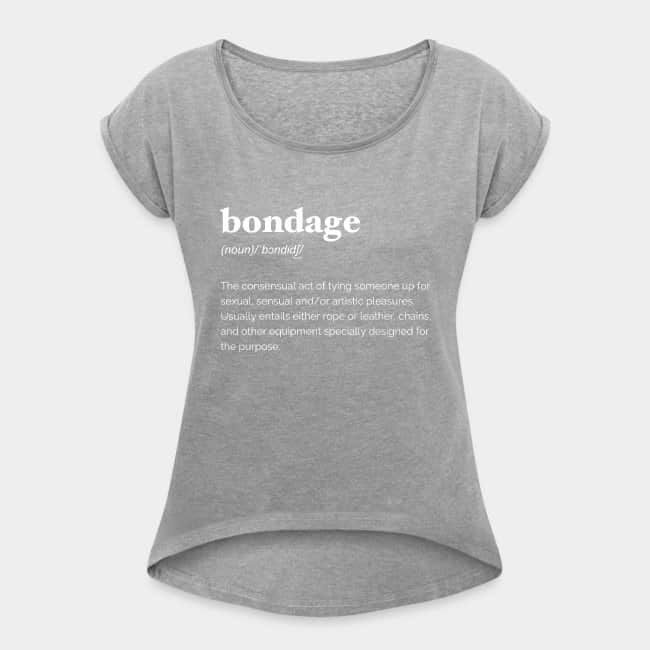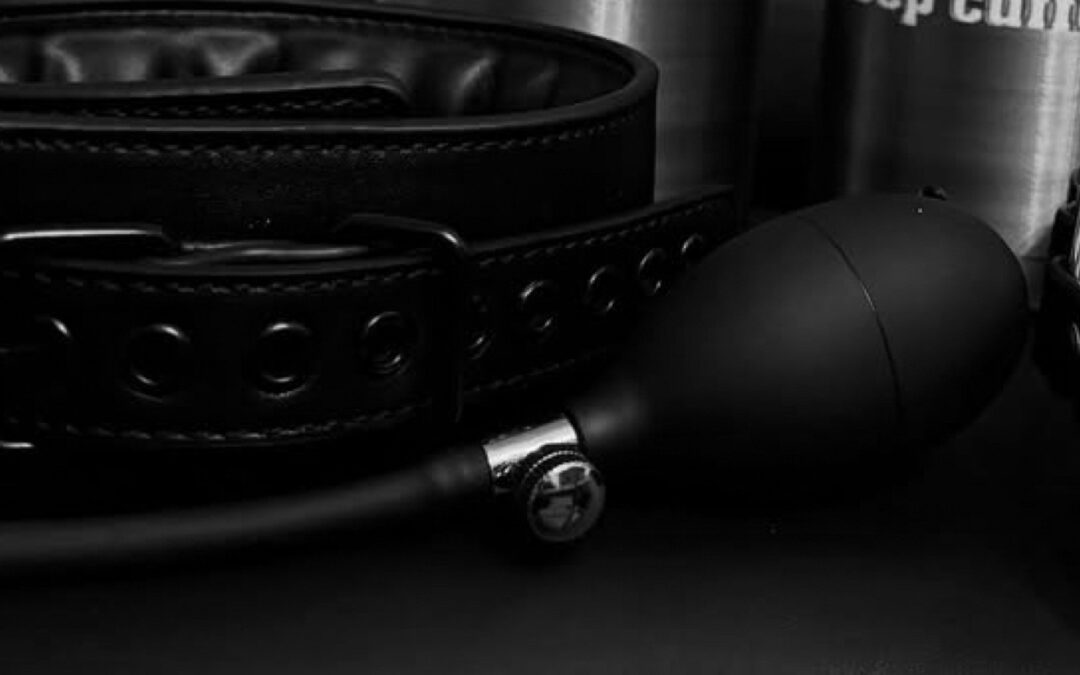What is hemp rope?
Hemp is one of the oldest cultivated plants in the world and has been used in rope-making for a long time. The hemp fibers are extracted from the bast of hemp plants and then processed into yarns. These are then twisted together. Hemp ropes are valued, among other things, for their grip and abrasion resistance. In addition to applications such as shipping or as a sealing material, hemp rope is also often used for BDSM bondage.
What is special about hemp rope?
As hemp rope retains its length even under tension, it is an ideal rope for the Japanese art of shibari bondage. Anyone who prefers an unyielding rope should give it a try. The material is also very resistant. Neither moisture nor heat can harm the stiff material. Hemp rope can be dyed and impregnated, making it suitable for creating individual pieces. As a natural product, it would simply rot outdoors at some point, which makes hemp rope a very sustainable and ecological product.
Some say that hemp rope smells like a cowshed. A natural smell that fades after a while. What remains is an initially sour, later hay-like note, which many people find pleasant.
What should I look out for with this type of rope?
Unlike cotton ropes, bondage ropes made from natural hemp or jute are hardly stretchable and are therefore particularly suitable for professionals. Because of their stiffness, knots that are too tight cannot be balanced out. In the worst case scenario, this can restrict the blood supply and crush nerves. Of course, this can also happen with any synthetic fiber rope from the DIY store if handled incorrectly, but these are a little more forgiving than rigid ropes. You should be aware of this when using them.
How do I care for hemp rope?
First of all, the new hemp rope must be washed to remove any chemicals, foreign bodies, dirt and excess fibers. In preparation for washing, it is first cut to the desired length, the ends are knotted and then placed loosely in a laundry bag. As it shrinks by around five percent during washing, the desired length should be measured rather generously.
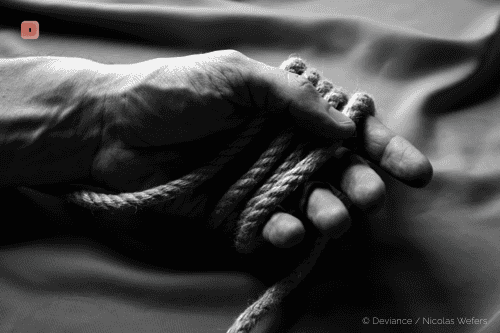
After washing, the rope must be dried under tension. To make the experience on the skin more pleasant, it should be treated further. To do this, the smaller fibers are broken up after drying to make it softer. If possible, it should then be combed in the open air and then oiled or greased. This is best done with a special rope wax. Oils or fats that become rancid, such as cooking oils, are not suitable
After the first wash, hemp rope should only be washed if absolutely necessary. Although hemp rope can be put in the washing machine, unlike jute rope, it is better not to wash the rope at all. Instead, it is better to simply rub the rope with a cloth and then apply a thin layer of rope wax. This cleans and maintains the hemp rope.
What do I need to consider when buying?
Hemp rope and jute rope usually have a diameter of five or six millimetres. Thicker rope is very stiff, but rope with a smaller diameter cuts deeply into the skin. If the rope is not pre-washed or dyed, you should order about five percent more length when buying due to shrinkage during washing.
Parts of this text were first published on Baumwollseil.de, one of Germany’s first online shops for kink, eroticism, and BDSM, and were kindly provided to Deviance.
You’re into bondage, maybe even a passionate Rigger? #ExpressYourKink with the items from the Deviance Shop! Here you’ll find a wide selection of everyday clothing, accessories, and decorative items with matching terms and designs.
Do you like what you see? You can find these and many more clearly ambiguous designs on a wide range of products from shirts and tops to sweaters and hoodies, as well as caps and home accessories in the Deviance Shop! #ExpressYourKink
